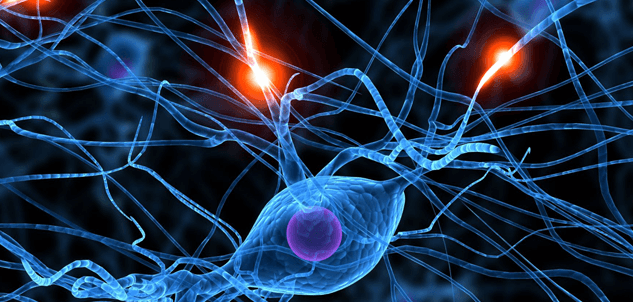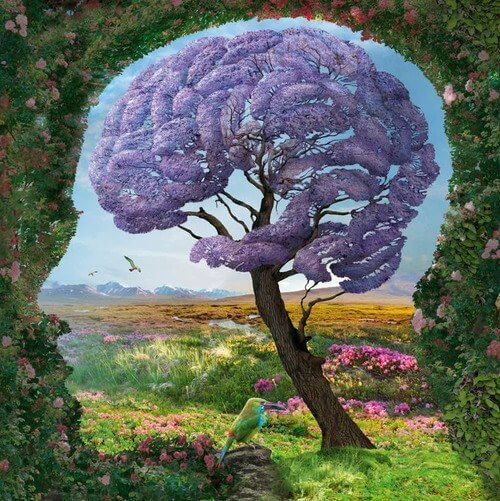It All Started With A Strong Headache: What Is a Stroke?


Written and verified by the psychologist Valeria Sabater
“It all started with a strong headache…” Most patients who have survived a stroke describe the symptoms as starting this way, before they suffer the full-blown experience of a stroke, the second leading cause of death in the whole world.
You can survive a stroke, of course, but your quality of life after that “before and after” is not always the best. There are effects, and many basic functions like speech or mobility can be noticeably reduced.
Life is not always fair, nor does it give us what we deserve, but in our efforts to maintain and take advantage of it, we should keep in mind many of those factors that can help us to prevent an stroke. If there is a ghost of a chance that we can avoid it, it is worth it to try.
Every year on October 29, World Stroke Day is celebrated. Obviously meant to do more than commemorate, its purpose is to bring to light an illness that takes the lives of thousands of people each year. There are broken families, there are loved ones who leave our sides, and this is the best homage that we can pay to them.
Reminding and also pointing out to them that this condition, in which there is a sudden disruption in the circulation of blood in the brain, can be avoided. We all know that nothing is 100% avoidable and that there are many young people who have left this world due to an stroke. However, we will do everything in our power to avoid it, and for this, there is nothing better than raising awareness, nothing better than information.
What is a stroke?

A stroke is a sudden problem with the circulation of blood in a person’s brain. It can be characterized by a broken blood vessel in the brain or a reduction in oxygen delivery. All of this produces an irreversible effect: the death of brain cells due to a lack of oxygen and nutrients.
A stroke can affect young people, but it is most commonly seen at more advanced ages. Among affected people, the mortality rate is 30%, and in recent years, there has been an increase in the incidence of stroke in women.
Additionally, there are two kinds of stroke, ischemic and hemorrhagic, the former being the more common of the two and the second the more dangerous, and as such, more fatal. We are also sure that you will know someone in your life who has either suffered from this, or possibly even lost their life to it.
These are painful voids in our lives, but at the same time, when the person survives, it means having to “readjust” to life, both for the family as well as the patients themselves who have managed to survive the trauma, that small interval of time in which their brain simply… changed. Like a sudden overload, like a spark with tragic consequences.
Risk factors

We know that we all live in a world “saturated” with information. Every day, multiple studies, bits of information, recommendations, and advice about our health come to us on our social networks and the covers of magazines and television programs.
It is necessary for us to start prioritizing a little bit more each day. It does not mater how fast the world is going, our obligations, haste, worries… Stop for a second and listen to your body, your mind, your brain. They are demanding that you take a bit better care of yourself.
Really, it does not take any energy. It just takes a bit of time. Stopping and just breathing in order to be aware of ourselves is already a great step. You are important for yourself and for others, and this has a price: that you must care for your health.
And for this reason, to give meaning to this day dedicated to the prevention of stroke, it is worth dedicating a few minutes of your time to keeping in mind those factors that can allow you to avoid that malady to a much higher percentage.
We can fight against that destiny, at least with a very high chance. It depends on you.
- Do you smoke? Then you should know that there is a very high chance that you will suffer a stroke at some point in your life. Set yourself the goal to stop this bad habit today.
- In recent years, the incidence is changing based on gender. In Spain, for example, strokes are affecting women more, particularly if they are smokers, suffer from hypertension, and have taken oral contraceptives.
- If we have relatives who have had a stroke, we should undergo periodic examinations from our doctors.
- Careful with hypertension, cholesterol, and diabetes. They are risk factors.
- A sedentary lifestyle, as well as obesity, are two dangerous realities that should be kept in check when faced with this and other types of illness.
How to know if I am suffering a stroke?
At the beginning, we were telling you about that “strong headache.” It is common for patients who are suffering a stroke to have a medical history of always having had migraines. However, the previous pain is often described as being a different kind of pain. More intense, profound.
So keep fixed in mind the following alarming signs:
- Paralysis of some part of your body: arm and leg on the same side.
- Problems articulating words and even understanding them.
- Dizziness, instability, and a lack of coordination.
- And a headache, the worst of our lives…
Take note of these simple indications and remember to prioritize a bit more, for your own sake. For the people who love you. Take care of yourself, you are the most important thing for yourself, so you will take care of your health.

This text is provided for informational purposes only and does not replace consultation with a professional. If in doubt, consult your specialist.








